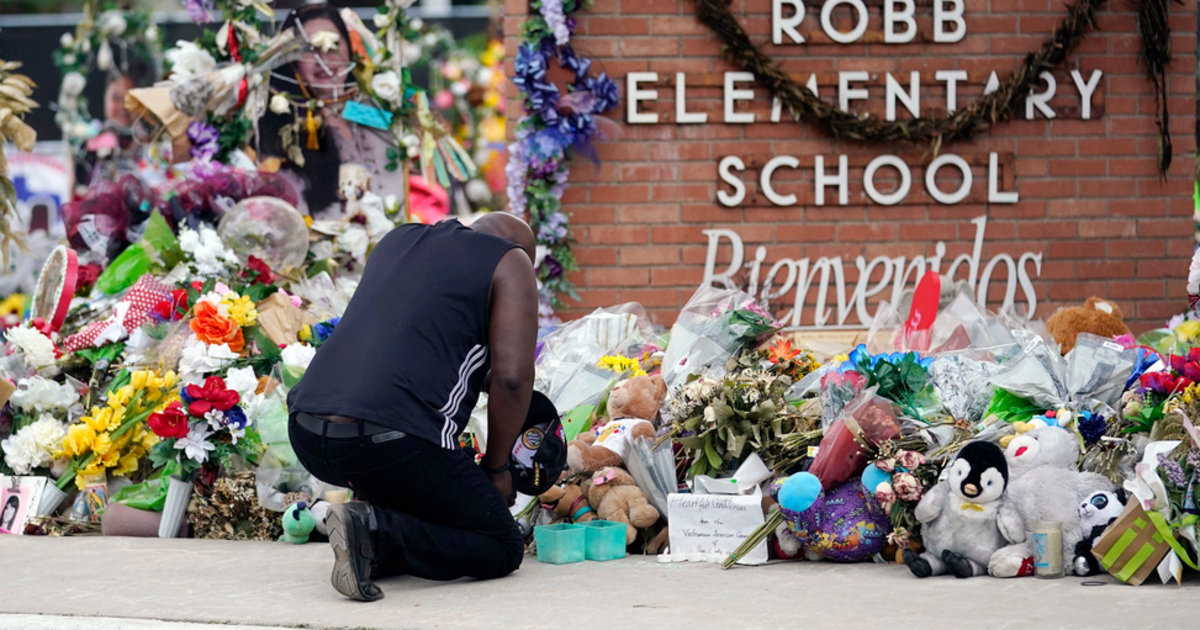'Buste de Femme 43', work done by Pablo Picasso in 1943. Alberto Otero Herranz
Pablo Picasso joins the Prado Museum collections.
He had entered on other occasions in the past, as part of temporary exhibitions, and was even its director during the Civil War, but this time it has come to stay.
In the patronage of the art gallery held this morning, the donation of
Buste de Femme 43
, painted Picasso in 1943,
has been approved
. The work, a portrait with echoes in the great tradition of Spanish painting to which the institution serves as its home, arrives to the art gallery through the American Friends of the Prado Museum foundation.
More information
"Incorporating Picasso into the Prado would be very healthy"
A 'blanchard' reopens the debate between the Prado and the Reina Sofía
The piece will be placed in the El Greco portrait room, where the exquisite
El Greco
exhibition
in Illescas
is now about to close
,
and is owned by the Aramont Art Collection, of the Arango Montull family. It will be in deposit for five years, and after that time it will become a donation, in accordance with the provisions of US law, the country where the canvas was. "It is an extraordinary act of generosity that is also a tribute to Plácido Arango, who loved the museum so much," Javier Solana, president of the board of trustees, told this newspaper, who has piloted an operation that began to take place in February and that has been greeted with "great enthusiasm by the members at today's meeting."
The movement also has the approval of the Ministry of Culture.
In addition to the
picasso
, which was owned by Jerónimo Arango, brother of Plácido Arango, president of the aforementioned board of trustees between 2007 and 2012, the governing body has also admitted at its meeting today the donation of the
Portrait of Felipe III
by Velázquez.
It is again a canvas offered by the American Friends of the Prado Museum - the foundation that channels the generosity of American collectors to the art gallery - and on deposit since 2016, when it was delivered to the museum by the Hispanicist William B. Jordan, who died in 2018. The
picasso
will therefore go through the same process as the
velázquez
.
The Arango brothers both died in 2020, within a few months of each other.
Javier Solana, president of the Prado Museum Board of Trustees, stressed that “the decision of American Friends is, without a doubt, good news for all Spaniards. A painting of one of our great national geniuses, until now in the hands of a private American collection, becomes publicly accessible thanks to his generosity and this makes all of us who love Picasso's work, museums and culture happy " .
Picasso maintained a close relationship with the Prado Museum, since the Republic appointed him its director in 1936. On his death he bequeathed an important set of his works to the institution, among which was the
Guernica,
60 drawings, engravings and sketches. both preparatory and subsequent to the definitive work. The Spanish State did not seem to have the intention of recovering this collection until the 1960s, when unsuccessful negotiations with the artist, his lawyer and the MoMa in New York, where the works were rested, took place. With the dictator dead, the coming to Spain of these pieces was outlined, while the Casón del Buen Retiro was being fitted out to house them. They were shown there between 1981 and 1992, when they moved to a recently opened Reina Sofia Museum.
The Reina Sofía has been since then the natural place for the genius from Malaga; a royal decree of 1995 established that the birth of the painter from Malaga in 1881 marked the end of classical art and the beginning of contemporary art, thus acting as a border between the collections of the Reina Sofía Museum and the Prado. In 2016, the museums rearranged their collections and the criteria were modified. Ángeles González-Sinde, president of the Reina Sofía Board of Trustees, celebrated the news in conversation with EL PAÍS. “We were perfectly informed, and that's fine with us. It is the expression of the generosity of Plácido Arango towards an institution to which he was intimately linked. The family wanted me to be there. It only remains to celebrate such a gesture ”, explained González-Sinde,that he does not believe that it is the intention of the Prado to continue incorporating more pieces from that period into its collections. "There were two options," says a source from the Prado, "either we expose it, or it was not available to the public and hung in a private home."
Last February, the gallery also entered the gray area of the distinction established between the two museums with the acquisition of a painting by María Blanchard (born in 1881). There is a whole history of exceptions to the rule. The Reina Sofía acquired in 2008 two sculptures by Medardo Rosso, born in Turin in 1858. A year later the Prado gave two
goyas
to that art gallery, because in the personal vision of its newly appointed director, Manuel Borja-Villel, still in office, the history of modern art begins with the painter from Zaragoza. Perhaps as a way to avoid future clashes, on June 12, 2014 the teams of both collections granted a letter of legal nature to these exceptions: they agreed to leave out of the 1995 decree all those works acquired after said partition. The Prado made use of the new tacit contract in 2019, when it accepted the donation of 11 pieces from the collector Hans Rudolf Gerstenmaier, which includes works by Hermen Anglada-Camarasa, Eduardo Chicharro, Ignacio Zuloaga or Joaquín Mir.
On the other hand, during the meeting of the board of trustees this morning, the accounts corresponding to the 2020 financial year were also approved, a year marked by the health emergency due to the pandemic, which closed with a negative equity result of 18.5 million euros . The director of the Museo Nacional del Prado, Miguel Falomir, highlighted in his speech that “the museum has proven to be capable of overcoming all difficulties ―thanks to the joint efforts of all its employees― and to continue operating in an exemplary manner, maintaining a high level of activities and excellence that have reinforced their emotional bond with Spanish society ”.


/cloudfront-eu-central-1.images.arcpublishing.com/prisa/KWUQSQKTDXNFKSUDZHDLLYB3JA.jpg)
/cloudfront-eu-central-1.images.arcpublishing.com/prisa/6LR4RYAGZZBYTPDW3Y4WG67SQI.jpg)



/cloudfront-eu-central-1.images.arcpublishing.com/prisa/4BJPW7YRQJPSPCRLB5V3IJXJLM.jpg)

/cloudfront-eu-central-1.images.arcpublishing.com/prisa/AQHJW2Z7DBCVXFMN5D4T4IBBYE.jpg)